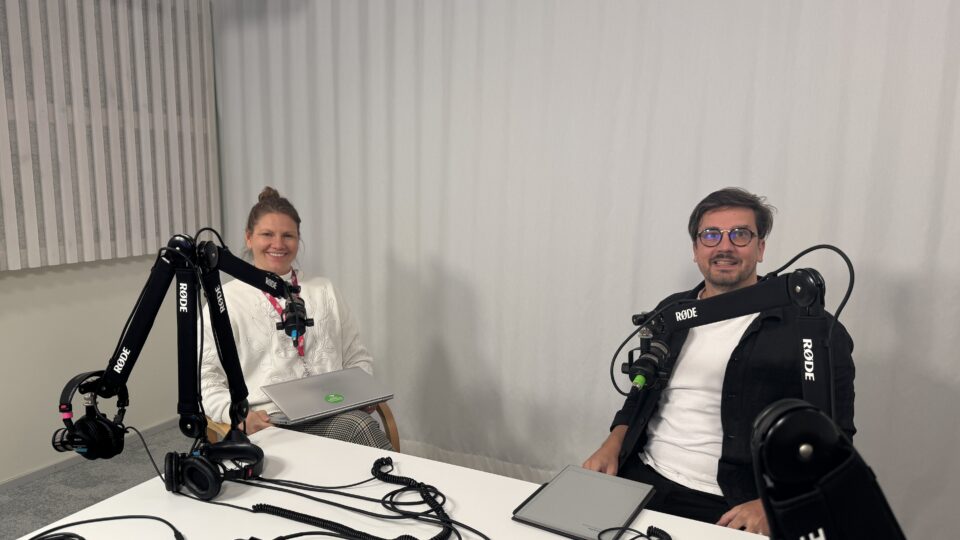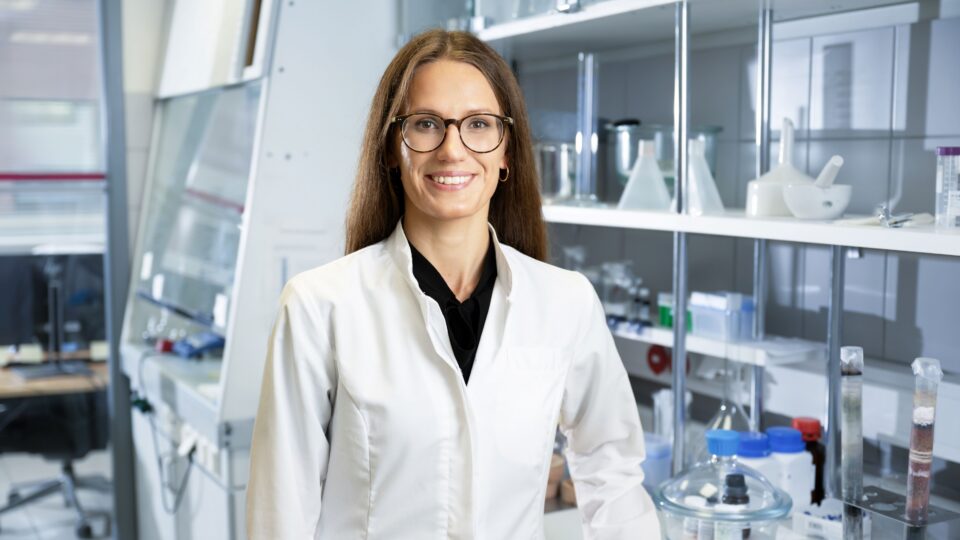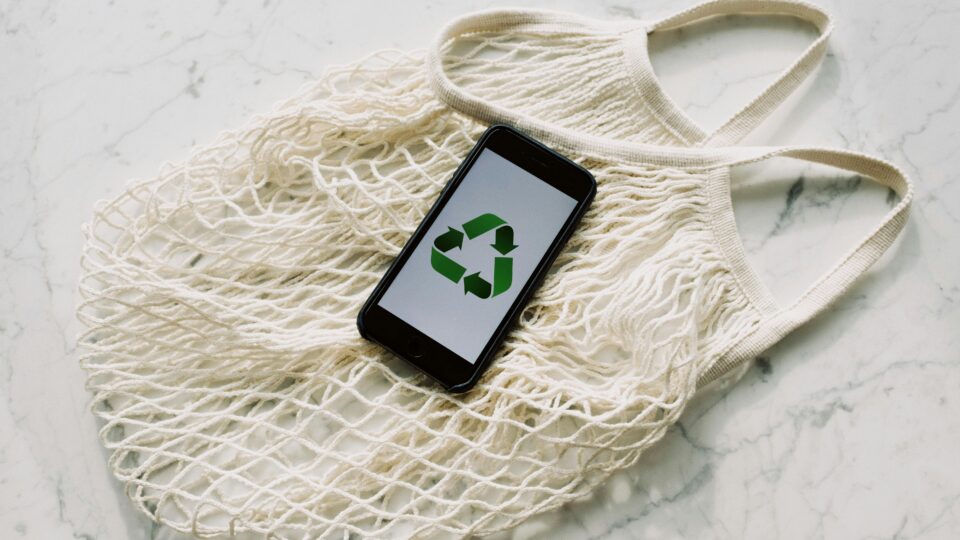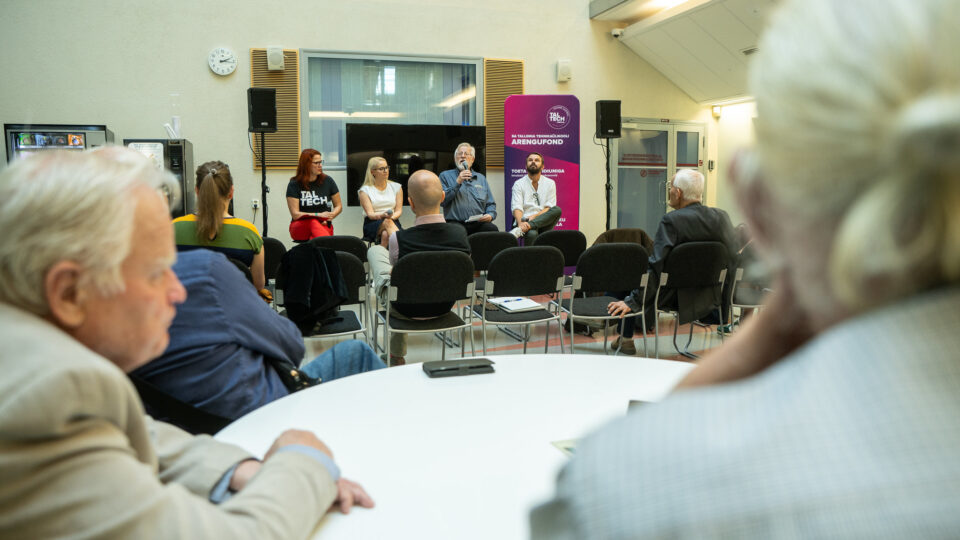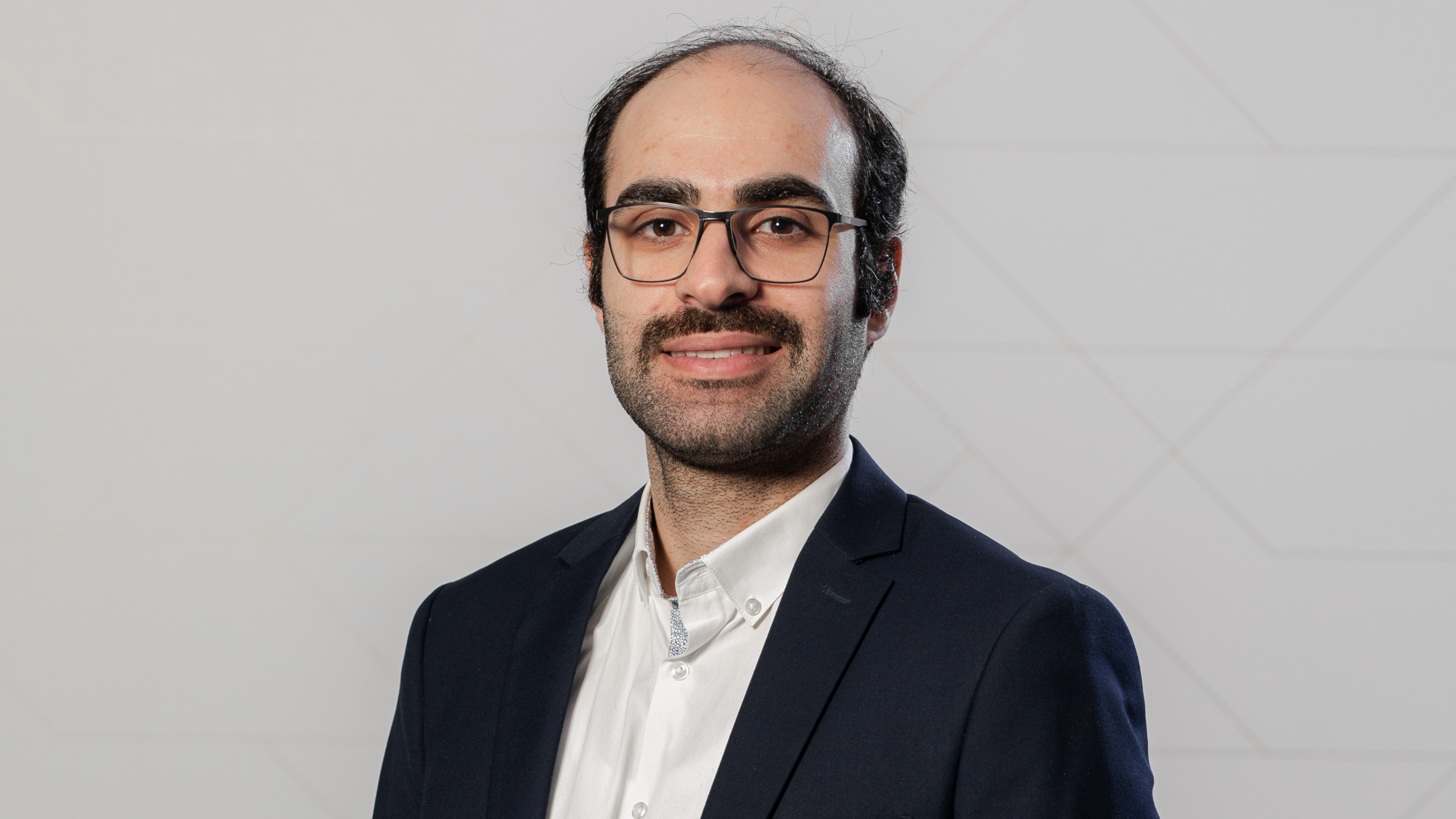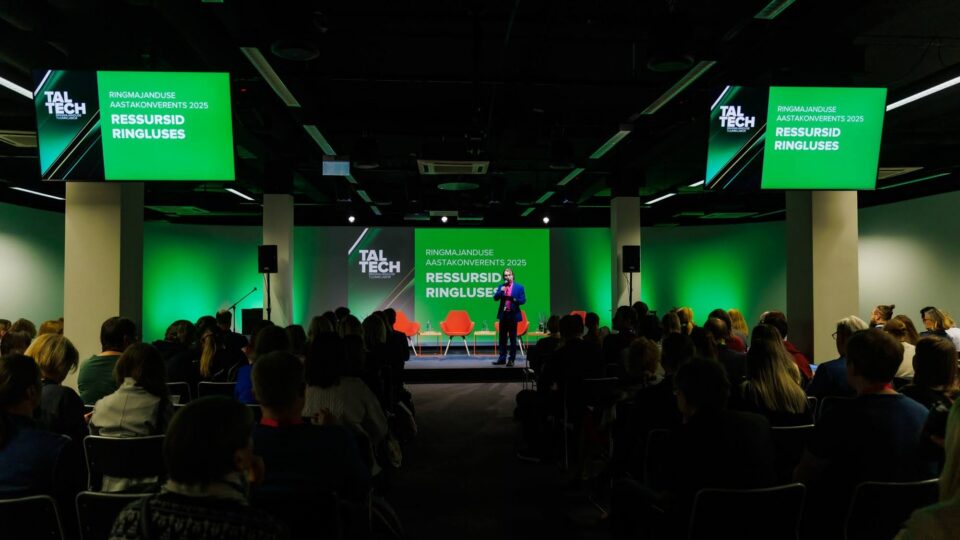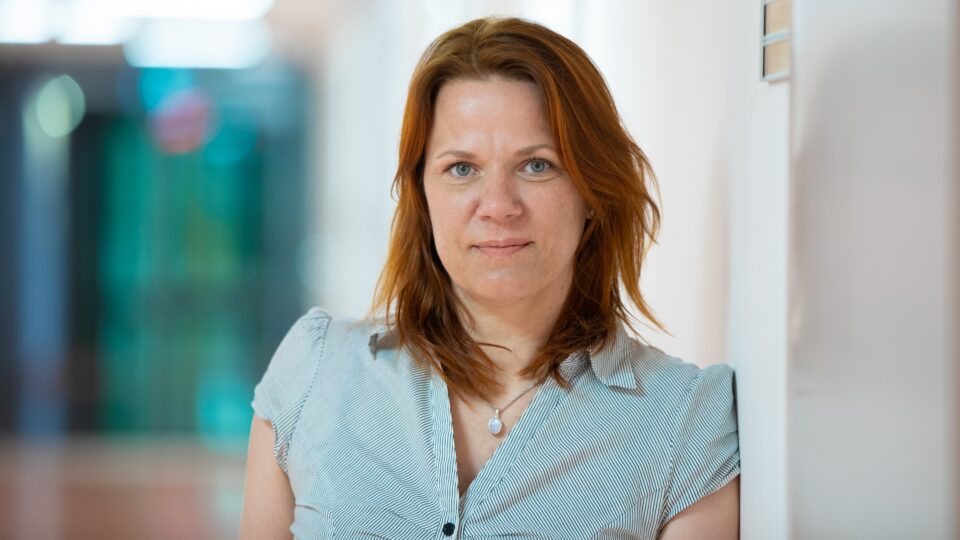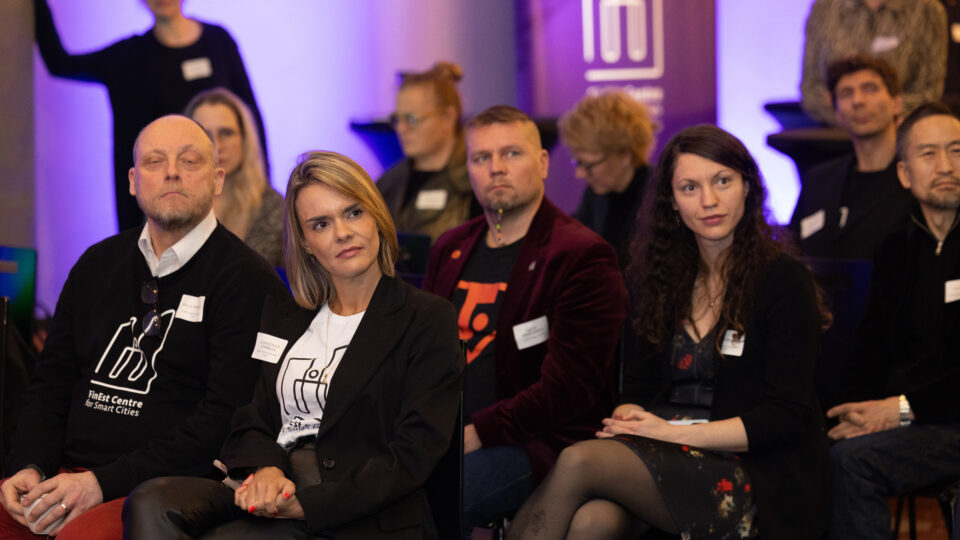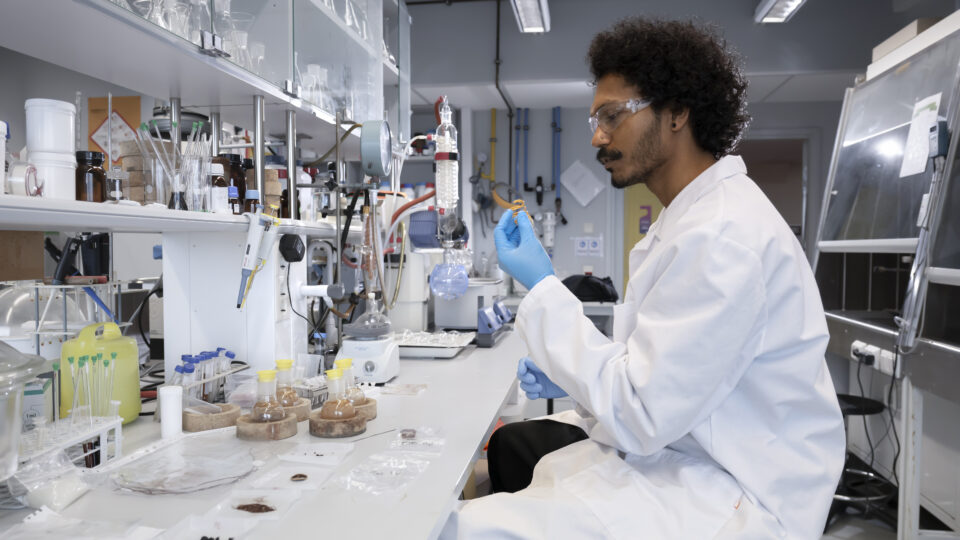TalTech’s biotechnology spin-off ÄIO has reached a major milestone. In September, the company completed its first full-scale production batch, resulting in a ton of yeast-based alternative oil.
sustainability
Under the leadership of Kristiina Kaldas, senior researcher at the Department of Chemistry and Biotechnology at Tallinn University of Technology, efforts are underway to give new life to oil shale industry waste and to develop a more sustainable chemical industry.
Small and medium-sized enterprises (SMEs) dominate the business landscape in Europe and globally. A new doctoral thesis defended at TalTech Department of Business Administration by Tarlan Ahmadov argues that unless their role in the circular economy is understood and supported, sustainability will remain a niche project rather than a mainstream reality.
TalTech’s Green Theme Month panel discussion tackled one of Estonia’s greatest social contradictions – climate skepticism – and asked what sustainability means in today’s world and which environmental problems engineering can actually solve. The discussion brought together academician Tarmo Soomere, professor Erkki Karo, ESG specialist Merili Vares, and was moderated by Mari Öö Sarv, editor-in-chief of Mente et Manu.
How can we eat in a way that benefits our health and protects the environment? Estonian researchers used computer models to identify realistic and sustainable dietary patterns that don't require extreme changes but help reduce environmental impact and improve health.
At the TalTech conference 'Resources in Circulation', experts discussed how to add more value to resources in smarter ways and why Estonia should lead the way in the circular economy instead of falling behind.
For the first time, Estonia has been rated a fully democratic country – but do we know how to use that freedom to listen to scientists and care for the planet, asks Mari Öö Sarv on the occasion of Earth Day.
At the Smart City Exchange Forum, hundreds of city visionaries gathered to discuss how data, artificial intelligence, and collaboration could transform cities in Estonia and Europe into human-centered and sustainable environments.
In the global push toward sustainability, one of the most promising yet underutilized natural resources is lignin. Traditionally regarded as a low-value byproduct of the pulp and paper industry, lignin is now at the forefront of innovative research aimed at transforming it into high-value products.
Denying human-induced climate change is like denying a solar eclipse by arguing that it is also dark at night. Erik Puura explains why climate change is a fact and how humanity has already successfully tackled an environmental crisis once before.
